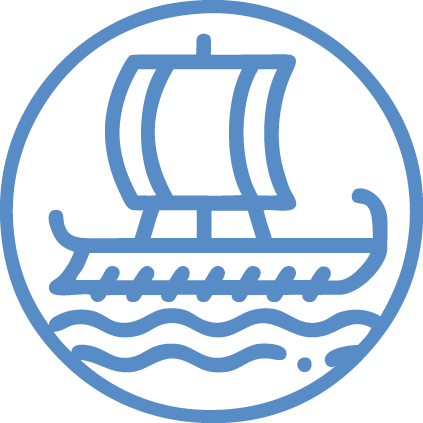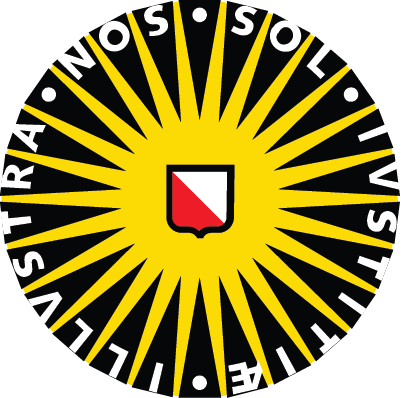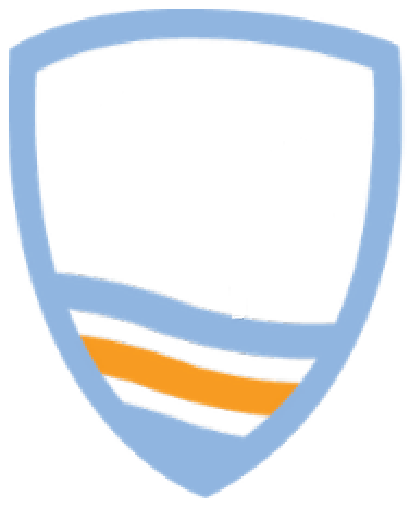The Observatory on Inclusive Communities was created as part of MILAGRO (MIgrants and Local communities Actively GROwing together for inclusive societies), a project funded by the European Union within the CERV (Citizens, Equality, Rights and Values) program.
It is not intended as an academic tool, but rather as a ready-to-use and civic-oriented space, where ordinary citizens can easily and quickly access information related to the topics of migration, inclusion and of the intercultural encounter between the local and the migrant communities. By the end of the MILAGRO project, which will last until May 2026 included, the Observatory will thus resemble an archive or repository containing various categories of data and information in this regard.
The MILAGRO team envisions the Observatory as the legacy of the project – a tool to ensure the sustainability of its main objective: the promotion of inclusive and democratic societies, where cultural diversity and differences are valued as an asset to respond to societal challenges, rather than seen as an obstacle. Given the ongoing migration flows towards Europe, and its related issues of migrants’ integration and inclusion in the local communities, it is increasingly urgent to provide resources and opportunities to empower both locals and newcomers to thrive together and build long lasting and positive relationships, grounded in mutual understanding and respect, equality, equity, and solidarity.
Our intention is for this Observatory to be enlarged in the future, gradually expanding to include other countries and contexts across Europe. As such, the work that the MILAGRO team is currently carrying out in Siena, Utrecht and Belgrade, the three partner locations in the project, should be seen as a starting point – a way to initiate a process that will be further developed and strengthened over time. Bearing this in mind, we are here focusing primarily on our three local contexts, without extending too far into the national frameworks of Italy, the Netherlands, or Serbia.
The interactive map displaying local organizations – associations, non-profits, NGOs, etc. – working toward the inclusion and empowerment of migrants, refugees and asylum seekers represents a first step in this direction. Serving a dual purpose, the map highlights both the organizations supporting these groups and some key statistics on migrants, refugees and asylum seekers currently present in the three locations. By gathering practical information, the map helps users locate such organizations, while also providing them with some insights about the context where the organizations operate through some broad statistical data.
The MILAGRO team is currently working on expanding the Observatory on Inclusive Communities. At the moment, three new sections are under development:
- Numbers & Figures: This section will present relevant statistical data in a user-friendly format, offering insights into the migrant, refugee and asylum seeker populations in Siena, Utrecht and Belgrade. It will include information about their gender, country of origin, residence status or type of permit in the host country, employment, and more.
- People & Stories: This section will feature qualitative data, focusing on the testimonies and personal stories of migrants, refugees, and asylum seekers in the three partner locations.
- Art & Literature: TBD – not yet available on the website.




